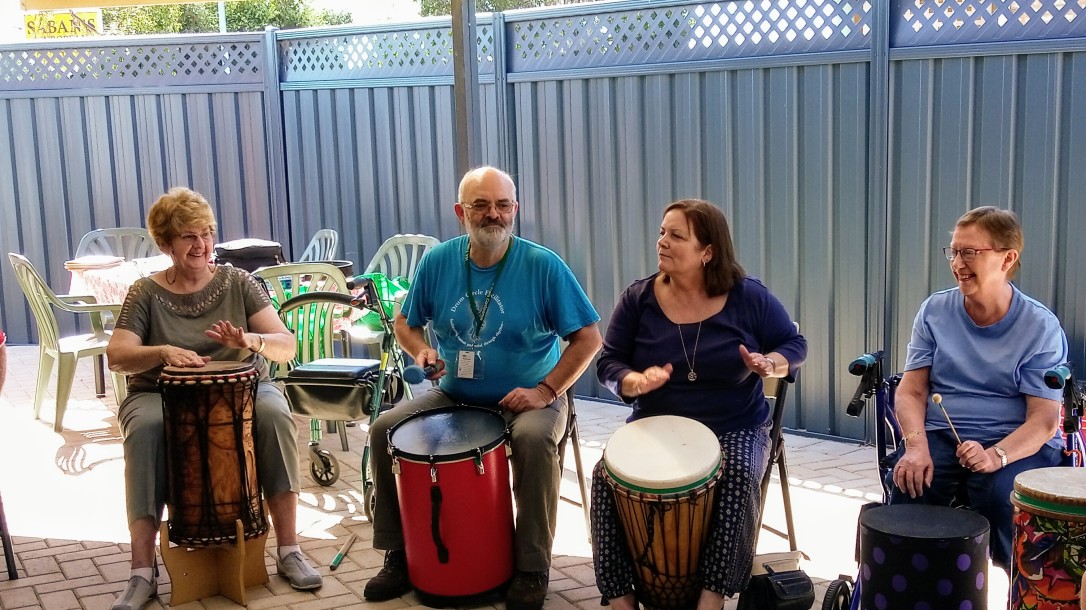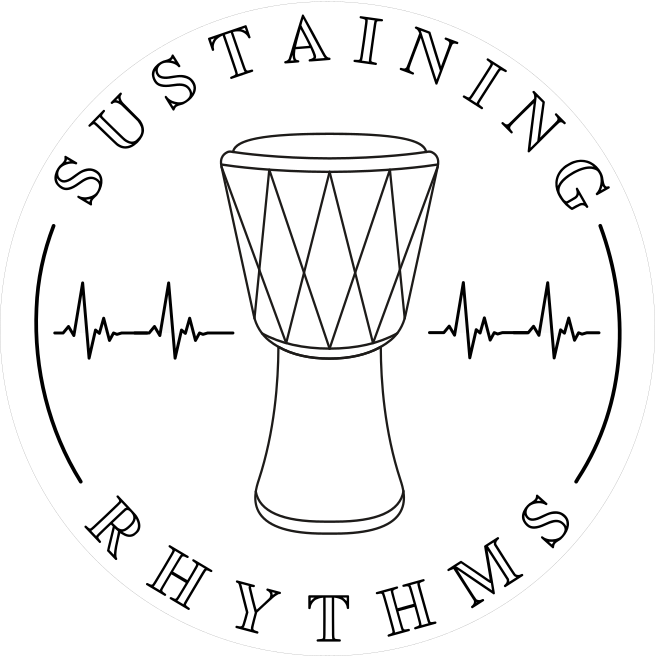In people with multiple sclerosis (MS), the body mistakenly attacks its own myelin coating on their nerve cells, which triggers such symptoms as muscle weakness, chronic pain, coordination problems, memory loss and fatigue. MS is also often accompanied by feelings of depression and anxiety, stress , reduced physical activity and difficulty with verbal communication.
Because there’s no cure for multiple sclerosis, patients often incorporate alternative and complementary therapies, such as drumming and mindfulness, into their treatment plan.
Pain Management
Drumming is a mindful exercise that distracts the focus away from pain, relegating pain to the background. It also releases feel-good endorphins that help manage chronic pain.
Improved Memory
Memory changes are common in people with MS. Even though some people might find it difficult to recall particular pieces of information or to remember names, words, events etc., they can still learn to carry out new physical tasks. Studies have shown that the physical task of learning to play an instrument can improve cognition and memory. This is because processing music is associated with the areas of the brain where long-term memories are kept.
Reducing Depression and Anxiety
Some of the hardest issues to cope with for people with MS are emotional ups and downs like feelings of depression and anxiety.
A study by the Royal College of Music in London has found that a 10-week programme of group drumming reduces depression by as much as 38% and anxiety by 20% [link].
A preliminary study, published in Psychotherapy and Psychosomatics, and a controlled study, published in PLOS ONE, also revealed that a 10-week programme of group drumming can improve social resilience by 23% and mental well-being by 16% [link].
Stress Management
Music can relax the mind and body and can even trigger physical reflexes such as digestion, bladder control, and movement of the limbs.
The HealthRHYTHMS Group Empowerment Drumming protocol has been clinically shown to reduce the stress hormone Cortisol.
Exercise and Improving Movement and Coordination
Pain associated with MS often restricts the opportunities for exercise and movement.
Rhythm stimulates the impulse to move and helps people sidestep the coordination processes they can’t think through otherwise. It is almost impossible to fully lose the ability to process music because, unlike speech, it involves so many areas of the brain.
Drumming can also provide a low impact workout while seated in your chair, elevating and depressing heartrate, and encouraging rhythmic breathing. It encourages us to move in ways we don’t in our everyday activities. It exercises left/right hand co-ordination and simultaneously balances the right and left hemispheres of the brain.
HealthRHYTHMS and MS
HealthRHYTHMS is an ideal protocol for drumming with MS as it is focused on health and wellness outcomes, not necessarily the quality of music produced. It provides a low stress journey through drum play where there are no mistakes, no wrong beats, and uses the music to activate and stimulate our brain chemistry.
A session begins and ends with a wellness exercise, which may be gentle wrist, arm and shoulder exercises, or mindful deep breathing.
A fun ice-breaker invites social inclusion and laughter, there are no mistakes and no pressure to “get it right”. This is usually an “egg shaker pass game”, not involving drums, but may be substituted if picking up and passing egg shakers poses a problem for some players.
We introduce the drums, bass and tone strikes, and play the rhythm of our names before exploring more creative rhythms. Each player, in turn, says their name, and beats a rhythm to the syllables of their name. The rest of the group respond by welcoming them by name, and playing their name rhythm back to them. This builds social inclusion, empathy and support.
What follows is lengthier period of drumming for entrainment, where we join a group rhythm, connecting and synchronizing our brain patterns with the shared rhythm. The magic occurs 4 to 6 minutes in, when the group locks in on a shared pattern and reacts to the ebb and flow of the rhythm. This can be deeply enriching.
This is followed by a period of motivational drumming, responding to a theme or question non-verbally through rhythm on the drum, and sharing this with other members of the group. Being heard and sharing our emotional motivation is a deep part of group work.
Wrapping up the protocol is a guided imagery meditation, with drums and percussion as we weave a story through a rhythmic journey to a place of safe contemplation, belonging and connection. Freed from the demands of everyday life we exist in the moment, and in the rhythm itself, and recharge our depleted batteries.

Beating Drums Help Relieve Pain of Multiple Sclerosis (HealthRHYTHMS)
